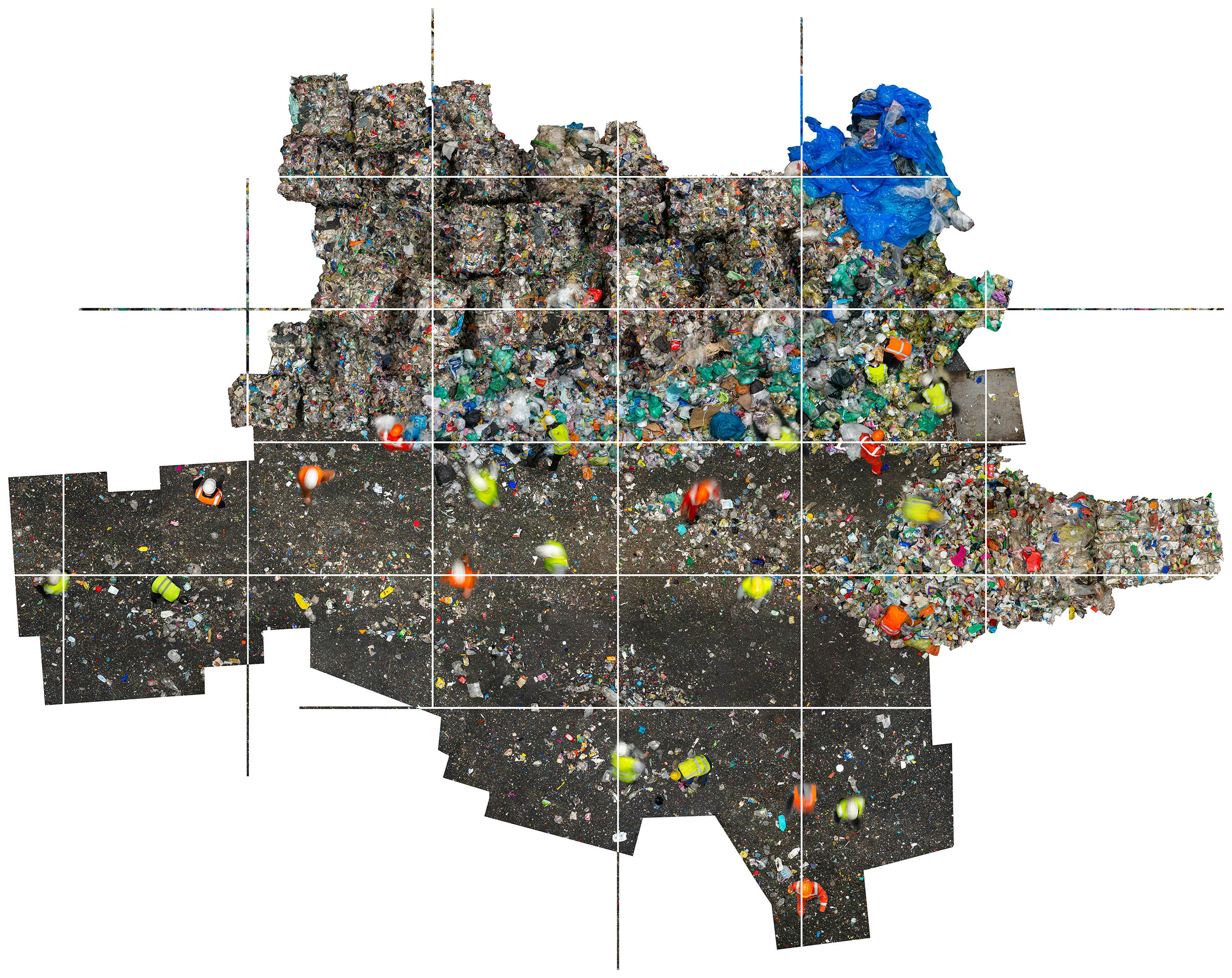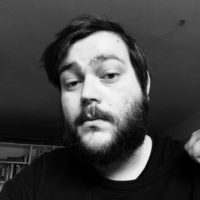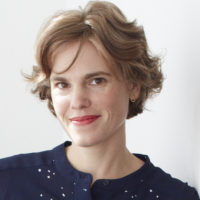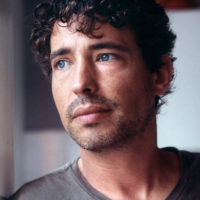Each year the KABK makes provision for a selected group of its tutors and staff to work on a self-defined research project in the context of a Research Group. The nature of these projects varies, from research driven by and through one’s own artistic or design practice to historical or theoretical research; from material or technological research to academic research in preparation for a PhD-trajectory. Since 2018, the Research Group has been run under the Lectorate Design and chaired by Alice Twemlow. In monthly meetings, we discuss participants’ progress and questions related to methods for research and analysis, theoretical concepts and modes of dissemination. The year concludes with a symposium and an exhibition where participating tutors share the outcomes of their research projects with the KABK community of colleagues and students, as well as invited respondents.
Participants KABK Research Group 2020
Overview of the participants and their research projects:
The Kindness of Strangers
A rapidly expanding digital economy is redefining traditional notions of familiarity and estrangement. As cultural and economic practices migrate online, their social relations are increasingly surveilled through code and assessed by agents of big data. Contemporaneously, platform capital provokes new etiquettes and attitudes of openness through the 'gig' and 'sharing' economies. Whether inviting foreign guests to share our home or commissioning an anonymous Fivver freelancer, our proximity and interactions with strangers are rapidly evolving.
The primary focus of this research is to study and analyse the new, emergent social practices of familiarity and estrangement facilitated by (and through) online platforms, services and interfaces. The phenomenon will be investigated in relation to a longer, historical precedent of economic deregulation that has accelerated the erosion of social welfare, community infrastructures and services over the past 35 years. However, the focus will be on new digital, socio-economic dynamics, whereby shared communication platforms (such as Reddit) increasingly function as proxies for services traditionally provided by the state or social functions shared amongst closely integrated communities.

Wastescapes
Every day millions of photographic images are being produced, shared, ignored, discarded and forgotten. My research centres on how I can use the visual, conceptual and technical aspects of my work as a photographer to critically reflect on the Wastocene. What is the relationship between the way that physical garbage is sorted and processed and the ways we now contribute to the continual flow of photographic images?
I want to explore the relationship between waste sorting and how photographs are made, edited, and sorted with this research project. As a photographer, I am interested in how artistic methods could generate new forms of the photographic image through the juxtaposition of waste reprocessing systems and image production. What would it mean to cultivate a method for sustainable image processing? And how would that affect our visual memory and the creation of artworks?
I want to investigate whether the idea of circular waste systems can be applied to photo image processing and whether this approach influences how we deal with images and how we perceive them. By suggesting multiple interpretations of single moments through sorting methods and a layering of time–exposures–I want to examine if making and experiencing a photographic work of art can manifest itself in a process that could be related to visual sustainability.



The User Condition – On Online Labor, Work and Action
What is it that we do on the web? This research looks at the online activity of users through the lens of the categories that Hannah Arendt defined in The Human Condition (1958): labor, work and action. To summarize them: labor is for Arendt a private process that doesn’t result in a lasting product; poiesis (work) means fabrication, it is the activity of the homo faber, the craftsperson (be they an engineer or a sculptor); praxis (action) means acting politically, taking initiative, while making oneself present to other human beings.
Poiesis implies a shared world of things; praxis implies a public sphere. Does praxis function online as a surrogate for a poiesis that is hardly achievable by most users? In other words, do online users act politically (in an Arendtian sense) because they have been made partially unable to make (design and fabricate) things or find gratification in making? What is online labour and what distinguishes it from fabrication or action? Is the web, in its current instantiation, nudging behaviour and therefore hindering action?
Questioning the very notion of usership, this research project tries to intersect multiple levels of user agency: from the minimal agency afforded by gestural interactivity (click, scroll, swipe), to the high-level agency which requires the invisibility of the system employed. Going beyond the reductive model of data production and exchange, the research asks: what are the online realities today of the user-as-laborer, the user-as-artisan and the user-as-politician?

Instar
This research project explores the animate nature of electric energy harnessed as a byproduct of the processes of decomposition and destruction. Orbiting around three unlikely sources of electricity (the fat of a stranded whale, confiscated cocaine and the hydraulic force of melting glacier water) this inquiry weighs the meaning of their destruction and the apparent dismantling and rendering of value along the way to the electric grid.
The research is conducted alongside a reading of feminist theorist Karen Barad’s understanding of mattering—'simultaneously a matter of substance and significance'—and theoretical and biological notions of (electric) entanglement as a situation of being intra-related. Despite its intrinsic political ethos, this research does not place discourse at its core but aims for a trajectory that prioritizes sensorial experiences. Informed by pre-modern notions of electricity as spirit and through a hands-on approach, this inquiry is practice-oriented.
By recognizing the generation of electricity as a process of renewal rather than creation, signals of speculative ritual and spirituality will be examined. Through my practice as an artist and a researcher, the goal of this project is to achieve a conscious and intimate understanding of electricity as a statement of ecological interconnectedness.




Landscape in Conflict
Through artistic research—particularly the medium of photography—this project explores the roles of different ‘stakeholders’ in the Anthropocene landscape. Australian philosopher Val Plumwood states that there are two central tasks for the ‘ecological humanities’. One is to resituate the human within the environment. The second to resituate nonhumans within cultural and ethical domains. This research wants to encourage deeper scrutiny of the impact of humans on the landscape and more discourse about humanity as part of a larger living system to make good decisions about how we live in and impact the non-human world, which Plumwood describes as developing an environmental culture.
How can photography play a role in safeguarding all human and nonhuman interests in a balanced landscape? While arguing that every landscape is an Anthropocene landscape, sub-questions arise: What is a ‘balanced landscape’ (since the Anthropocene is non-reciprocal)?; Who are the stakeholders in a balanced landscape and what are their interests?
In addition to stakeholder analysis (which can help to identify who the stakeholders are and what kind of different interests they have), I will use walking as a research method. A physical confrontation with the landscape and its stakeholders allows me to see and feel how the human and non-human challenges of the Anthropocene are connected and intertwined. Anthropologist Anna Tsing argues that walking provides the tempo for noticing and thinking.
By combining the practice of photography, the outcome of walking and stakeholder analysis, it is my ambition to set up a framework that can safeguard all human and nonhuman interests in a balanced Anthropocene landscape.



